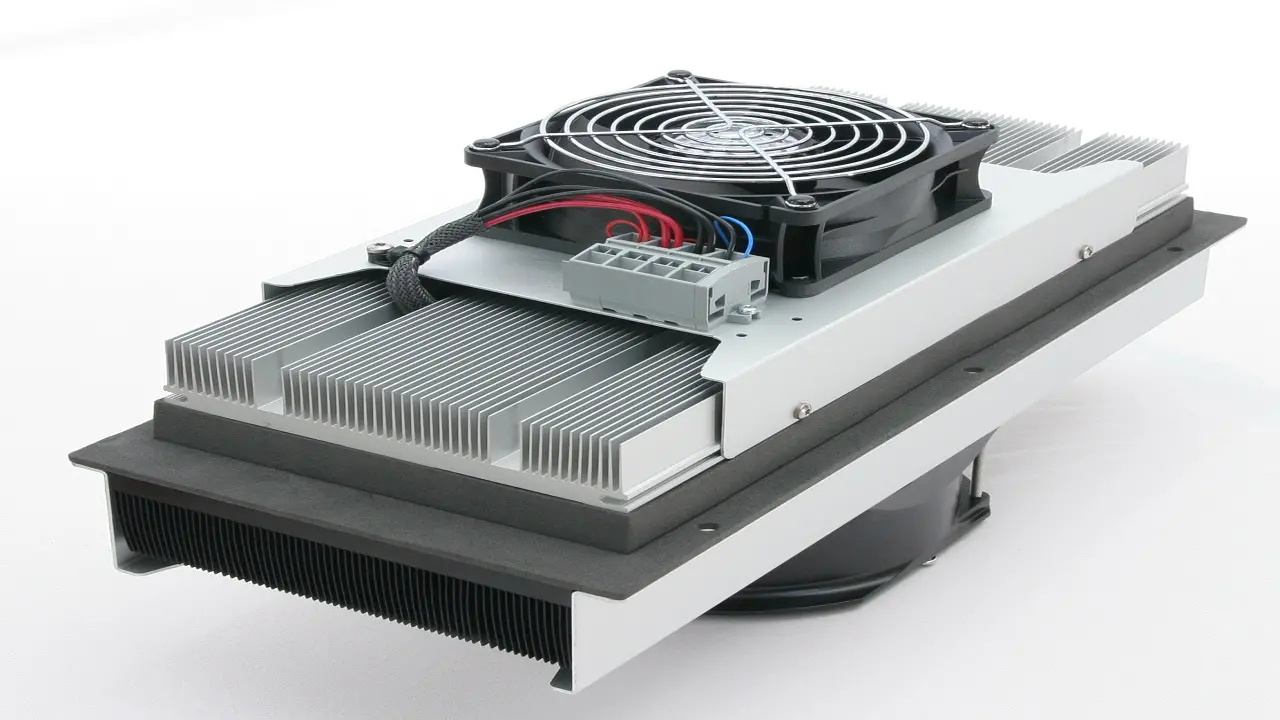Laird has developed a smaller, more efficient option for precise thermal management in compact CO2 incubators using thermoelectric assemblies (TEAs).
When employed with the advanced SR-54 temperature controller, thermoelectric assemblies use less energy to maintain the desired temperature range. A cell culture incubator is designed to maintain a constant temperature and high humidity for the growth of tissue culture cells under a CO2 atmosphere. Typical temperature settings range from 4°C to 80°C, with relative humidity between 95% and 98% and CO2 concentrations ranging from 0.3 to 19.9%. Modern temperature in CO2 incubators are now controlled by solid-state thermoelectric-based cooling.
Laird’s thermoelectric assemblies (TEAs), including the AA-230 Series and AA-250 Series, offer a high coefficient of performance (COP) to minimize power consumption when cooling or heating CO2 incubators. Based on a standard platform, TEAs can be customized to meet application requirements. These TEAs offer 230 Watts and 250 Watts of cooling power at Delta T=0°C respectively. Using impingement flow to transfer heat, the AA-230 and AA-250 Series offer dependable, compact performance by cooling objects via convection. The solid state construction requires less maintenance than standard compressor-based cooling systems.
Temperature stability is vital in CO2 incubators, and Laird’s TEAs, driven by the SR-54 programmable microcontroller, deliver temperature stability to within ± 0.15°C of the temperature set point in cooling and heating mode. With built-in monitoring and closed loop feedback control intelligence, the SR-54 temperature controller provides monitoring and alarm functionality, including identification of a problematic fan, thermoelectric module, over-temperature thermostat and temperature sensor failure — all of which are critical to maximizing CO2 incubator uptime. The controller requires minimal programming out of the box and is easily attached to a TEA or system enclosure. The controller also lowers operational noise, as fans are turned off once the specified temperature has been reached inside the respective incubator column.
Active humidity control ensures short recovery times after the door has been opened and minimizes vaporization in the interior.






